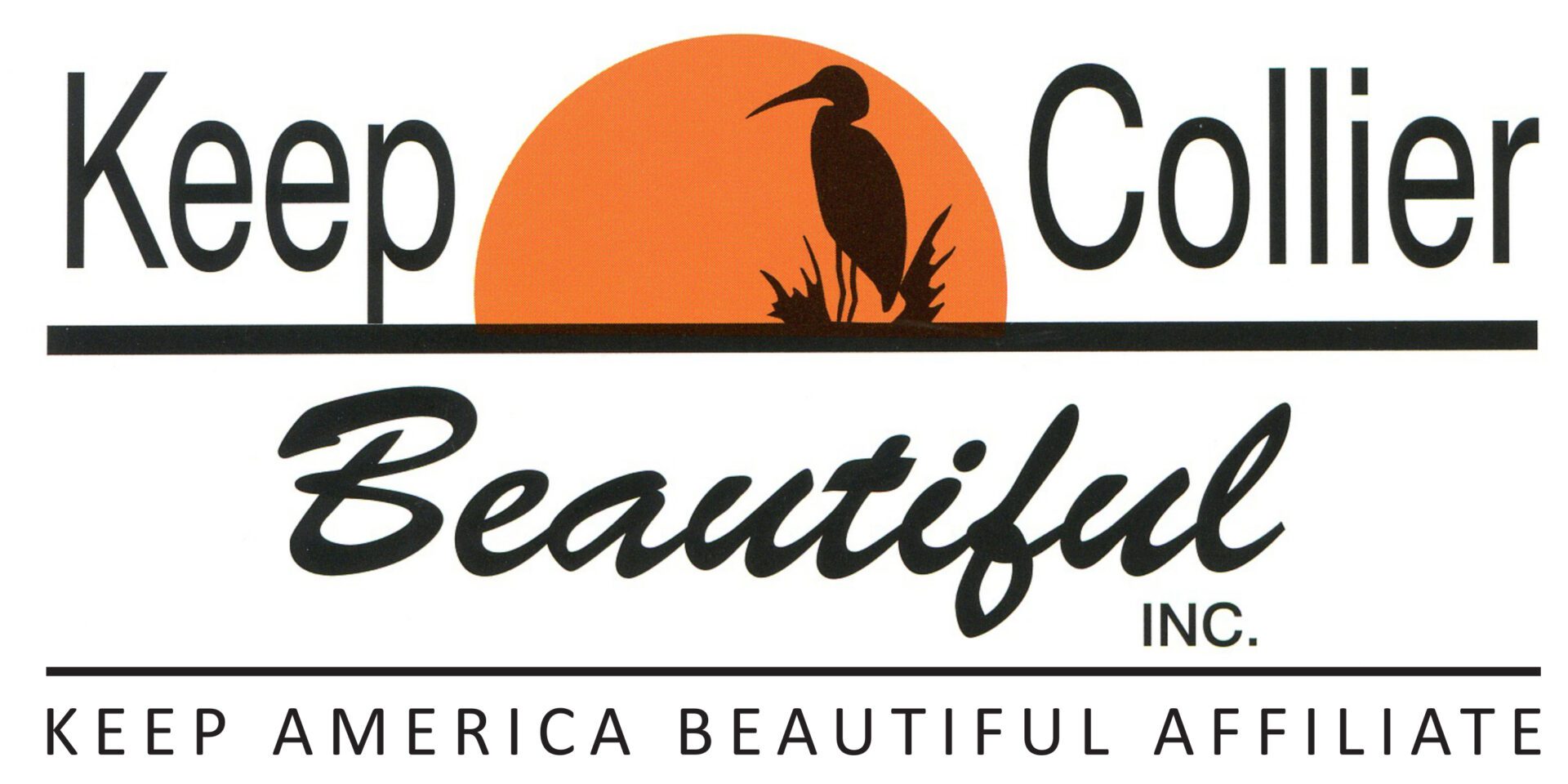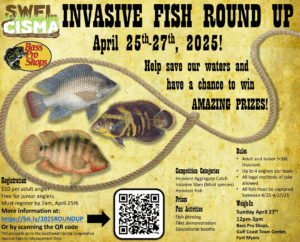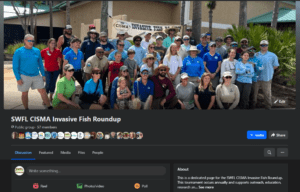As October brings cooler temperatures to Southwest Florida, it’s the perfect time to turn our attention to an environmental challenge that affects every corner of Collier County: invasive species. These “unwelcome visitors” may not seem as immediately threatening as litter or pollution, but they pose a significant risk to our native ecosystems, wildlife habitats, and even our efforts to keep Collier beautiful.
The Hidden Threat in Our Backyard
Florida is home to more invasive species than almost any other state in the nation. From the Burmese python making headlines in the Everglades to the Brazilian pepper tree lining our roadways, these non-native plants and animals are fundamentally changing the landscape we call home. But what makes a species “invasive,” and why should we care?
An invasive species is one that is not native to an ecosystem and causes harm to the environment, economy, or human health. Unlike native species that have natural predators and controls, invasives often arrive without these checks and balances, allowing them to reproduce rapidly and outcompete native plants and animals for resources.
The Connection to Litter and Improper Waste Disposal
Improper waste disposal creates opportunities for invasive species to spread and thrive. When people dump yard waste in natural areas, they often inadvertently introduce invasive plant seeds and fragments into pristine habitats. A single discarded plant cutting can establish a new population that spreads for miles. Aquarium owners who release unwanted exotic fish into our canals and waterways introduce species that can devastate native fish populations and disrupt entire aquatic ecosystems.
Even something as simple as not cleaning your boat properly can transport invasive aquatic plants from one waterway to another, clogging canals and crowding out native vegetation that wildlife depends on for food and shelter.
Florida’s Most Problematic Invaders
Several invasive species pose particular challenges for Collier County residents:
- Brazilian Pepper (Schinus terebinthifolia): This aggressive shrub forms dense thickets that crowd out native plants, providing poor habitat and food value for wildlife. You’ve likely seen its distinctive red berries along roadsides throughout the county.
- Burmese Python: These massive snakes have decimated small mammal populations in the Everglades, disrupting the food chain and threatening native species like the Florida panther, which depends on these prey animals.
- Air Potato Vine (Dioscorea bulbifera): This fast-growing vine smothers native vegetation, and its underground tubers make it extremely difficult to eradicate once established.
- Melaleuca (Melaleuca quinquenervia): Also known as paperbark tree, this Australian native can consume enormous amounts of water and has invaded wetlands throughout South Florida.
- Lionfish: In our coastal waters, these venomous predators with no natural enemies are consuming juvenile native fish at alarming rates.
The Bigger Picture: Protecting Collier’s Natural Heritage
When we think about keeping Collier beautiful, we often focus on picking up litter from our beaches and streets—and rightfully so. But true environmental stewardship requires us to look deeper at the health of our entire ecosystem. Native plants and animals are part of what makes Collier County special, from the mangroves that protect our coastline to the gopher tortoises that aerate our soil to the wildflowers that feed our pollinators.
Invasive species threaten this natural heritage. A forest choked with Brazilian pepper or melaleuca doesn’t provide habitat for songbirds. A canal overtaken by exotic aquatic plants can’t support native fish. A preserve invaded by air potato vine loses its ability to serve as a refuge for wildlife.
By taking action against invasive species, we’re not just removing unwanted plants—we’re protecting the ecological foundation that sustains all life in our region, including our own.
Moving Forward Together
The challenge of invasive species can seem overwhelming, but remember: every action matters. Whether you’re choosing native plants at the garden center, properly disposing of yard waste, or volunteering at a removal event, you’re contributing to the solution.
This October and throughout the year, let’s expand our definition of “keeping Collier beautiful” to include protecting the native species that belong here and preventing the spread of those that don’t. Together, we can ensure that Collier County remains a beautiful, healthy, and biodiverse place for generations to come.
Get Involved!
For more information about Florida’s invasive species, contact Mike Sipos (sipos624@ufl.edu), KCB’s partner from the UF/IFAS Extension Florida Sea Grant. They typically host an annual Invasive Freshwater Fish Roundup event between April and May. This event is open to the public and features tons of nonnative/invasive fish to view, educational stations, activities, and fun for the whole family. Please look forward to this event in the Summer of 2026 to learn more about invasive species. Below is their event flyer for the 2025 Invasive Freshwater Fish Roundup event.
They also have a Facebook Page where you can check out pictures and data from the previous roundup, including neat research. They are vital partners in promoting invasive species awareness, and we hope you can support them!




